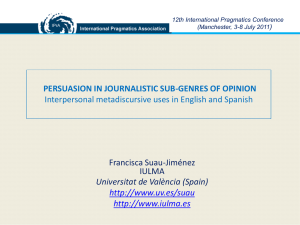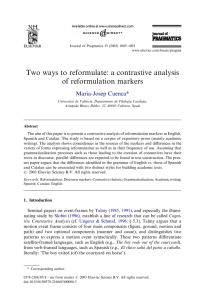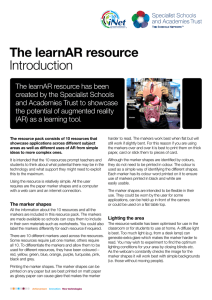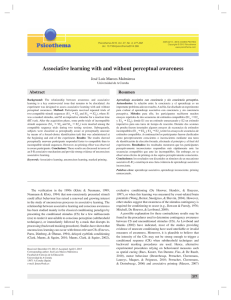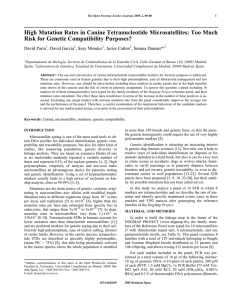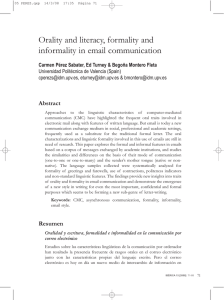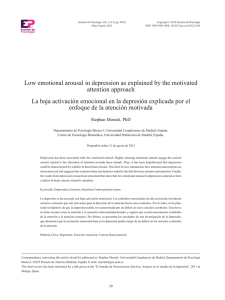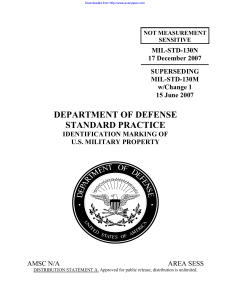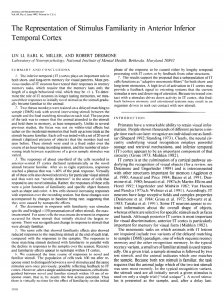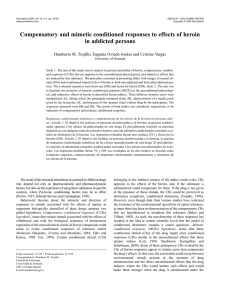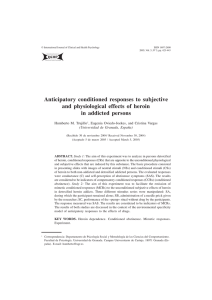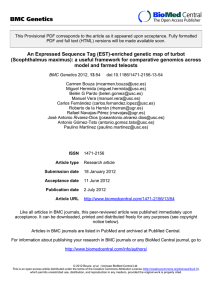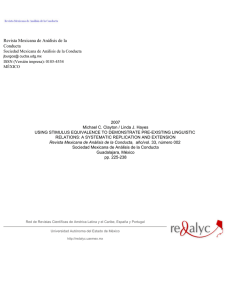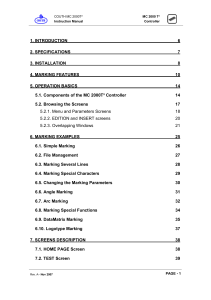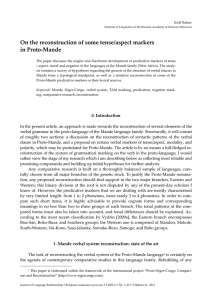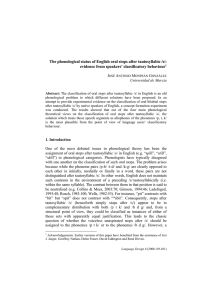The processing of case markers in near-native Mexican
Anuncio
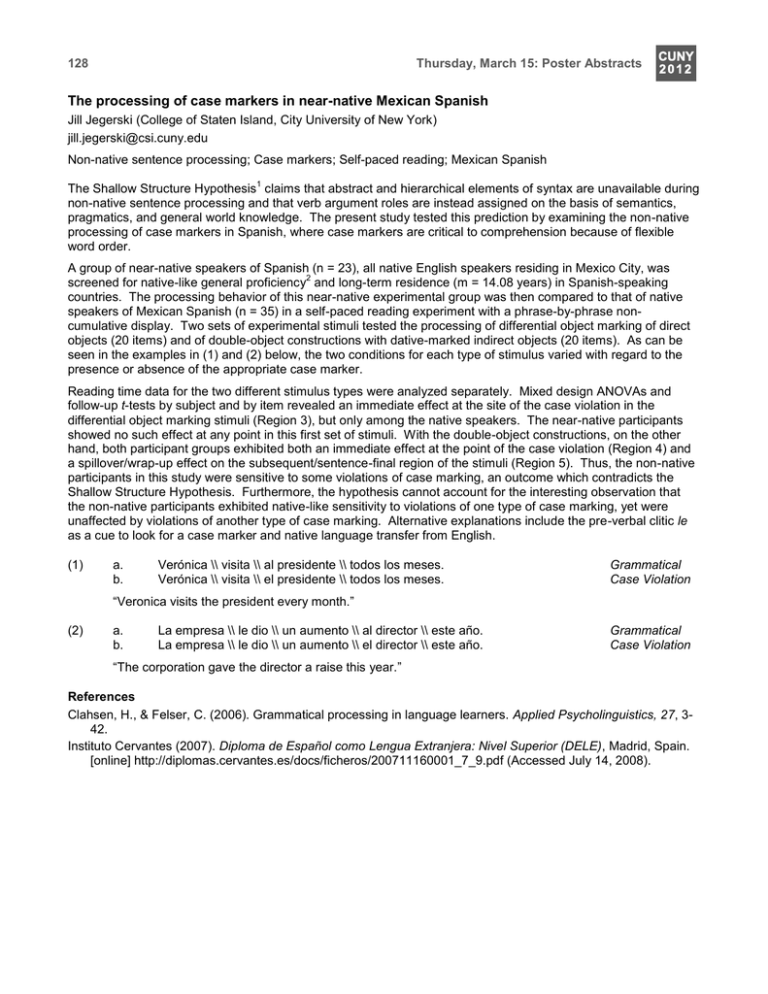
128 Thursday, March 15: Poster Abstracts The processing of case markers in near-native Mexican Spanish Jill Jegerski (College of Staten Island, City University of New York) [email protected] Non-native sentence processing; Case markers; Self-paced reading; Mexican Spanish 1 The Shallow Structure Hypothesis claims that abstract and hierarchical elements of syntax are unavailable during non-native sentence processing and that verb argument roles are instead assigned on the basis of semantics, pragmatics, and general world knowledge. The present study tested this prediction by examining the non-native processing of case markers in Spanish, where case markers are critical to comprehension because of flexible word order. A group of near-native speakers of Spanish (n = 23), all native English speakers residing in Mexico City, was 2 screened for native-like general proficiency and long-term residence (m = 14.08 years) in Spanish-speaking countries. The processing behavior of this near-native experimental group was then compared to that of native speakers of Mexican Spanish (n = 35) in a self-paced reading experiment with a phrase-by-phrase noncumulative display. Two sets of experimental stimuli tested the processing of differential object marking of direct objects (20 items) and of double-object constructions with dative-marked indirect objects (20 items). As can be seen in the examples in (1) and (2) below, the two conditions for each type of stimulus varied with regard to the presence or absence of the appropriate case marker. Reading time data for the two different stimulus types were analyzed separately. Mixed design ANOVAs and follow-up t-tests by subject and by item revealed an immediate effect at the site of the case violation in the differential object marking stimuli (Region 3), but only among the native speakers. The near-native participants showed no such effect at any point in this first set of stimuli. With the double-object constructions, on the other hand, both participant groups exhibited both an immediate effect at the point of the case violation (Region 4) and a spillover/wrap-up effect on the subsequent/sentence-final region of the stimuli (Region 5). Thus, the non-native participants in this study were sensitive to some violations of case marking, an outcome which contradicts the Shallow Structure Hypothesis. Furthermore, the hypothesis cannot account for the interesting observation that the non-native participants exhibited native-like sensitivity to violations of one type of case marking, yet were unaffected by violations of another type of case marking. Alternative explanations include the pre-verbal clitic le as a cue to look for a case marker and native language transfer from English. (1) a. b. Verónica \\ visita \\ al presidente \\ todos los meses. Verónica \\ visita \\ el presidente \\ todos los meses. Grammatical Case Violation “Veronica visits the president every month.” (2) a. b. La empresa \\ le dio \\ un aumento \\ al director \\ este año. La empresa \\ le dio \\ un aumento \\ el director \\ este año. Grammatical Case Violation “The corporation gave the director a raise this year.” References Clahsen, H., & Felser, C. (2006). Grammatical processing in language learners. Applied Psycholinguistics, 27, 342. Instituto Cervantes (2007). Diploma de Español como Lengua Extranjera: Nivel Superior (DELE), Madrid, Spain. [online] http://diplomas.cervantes.es/docs/ficheros/200711160001_7_9.pdf (Accessed July 14, 2008).
